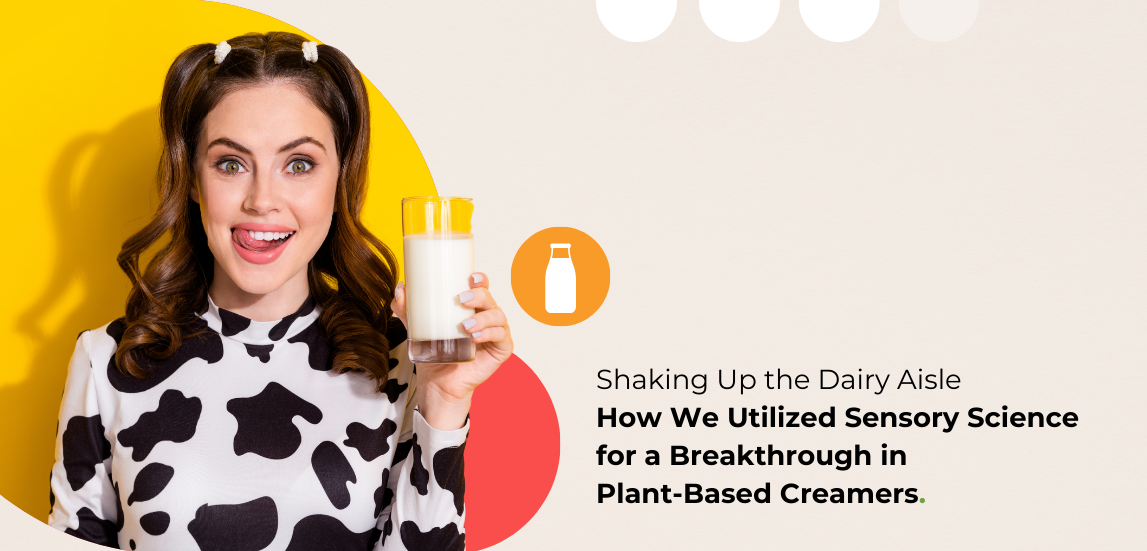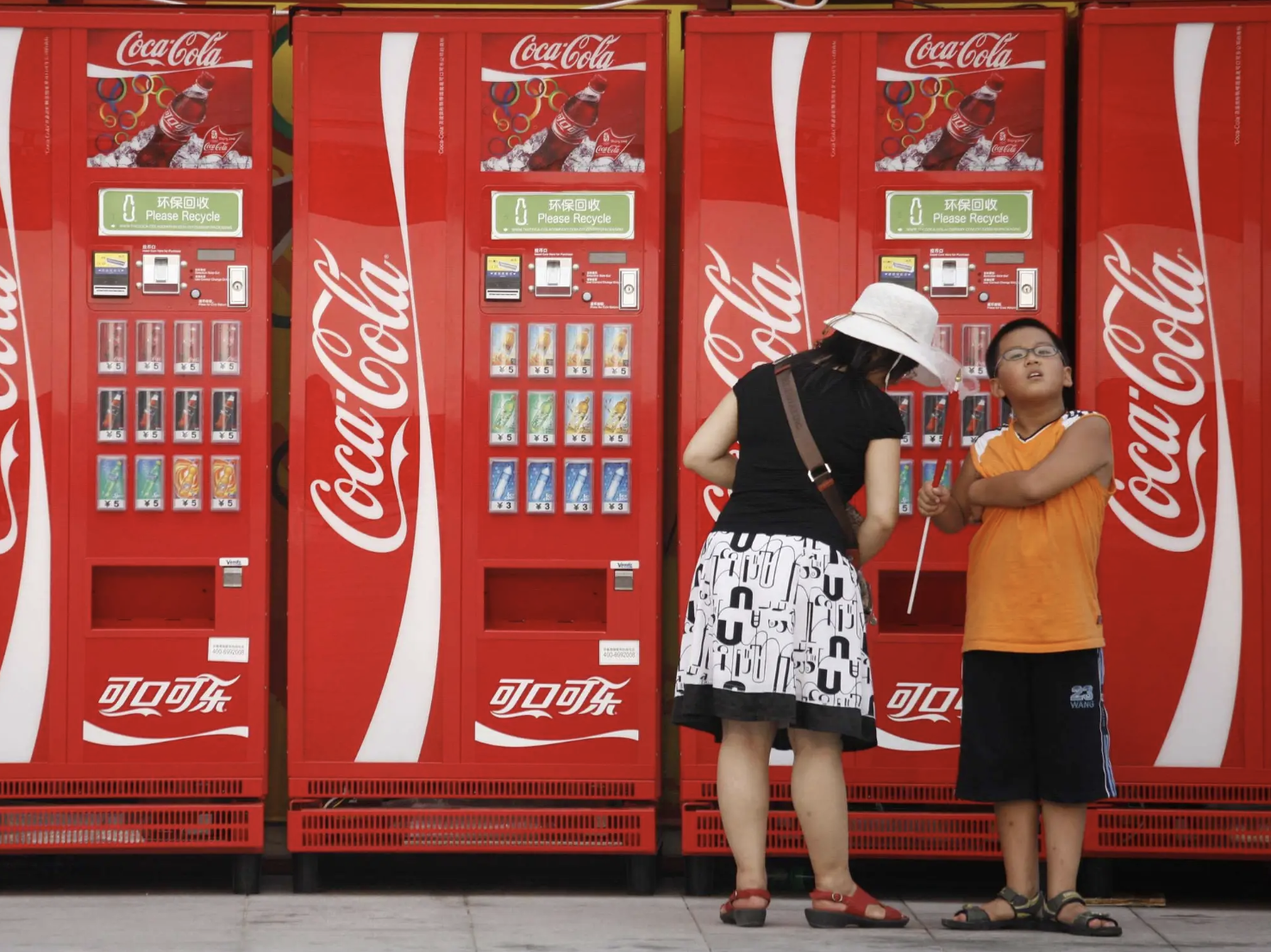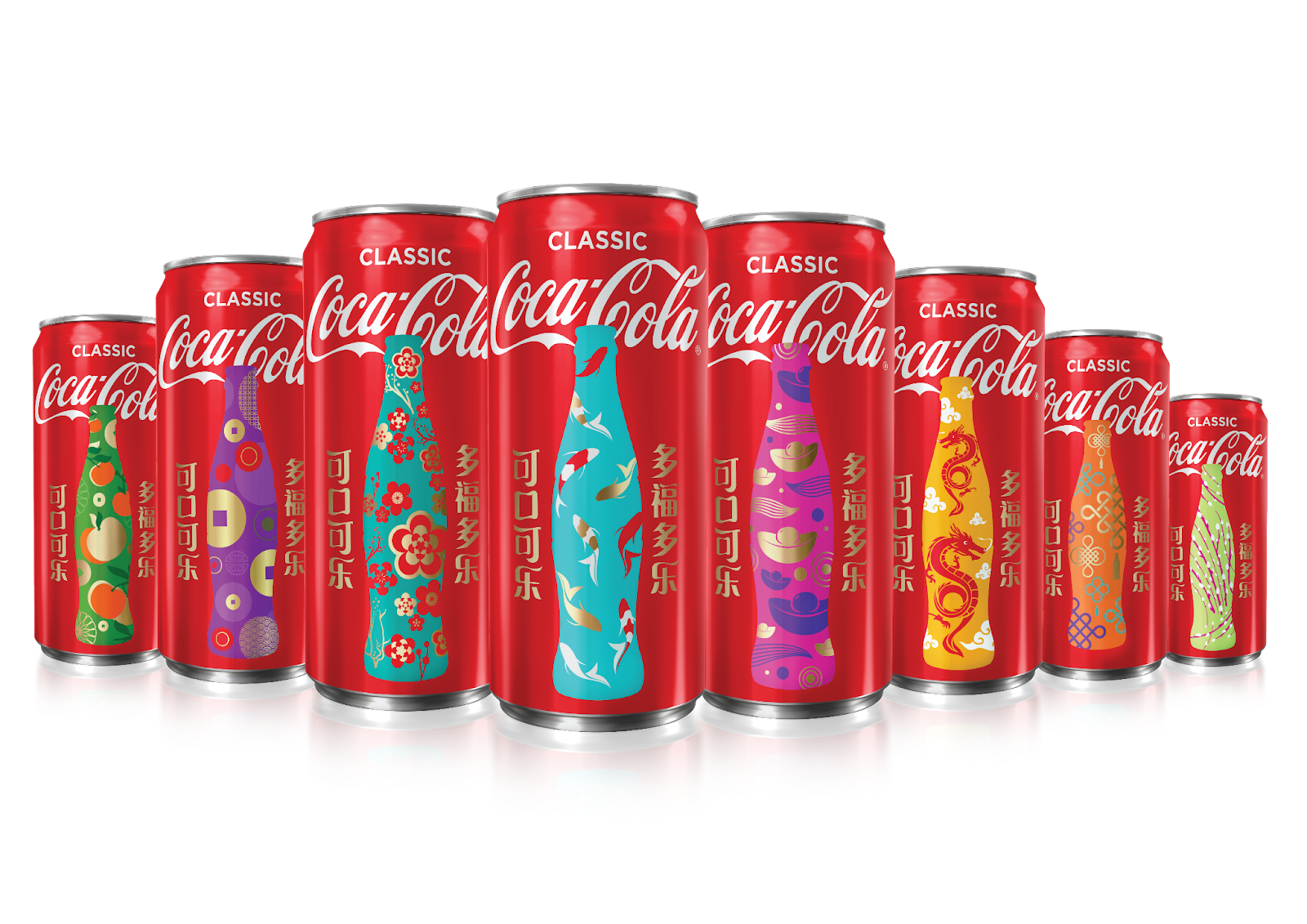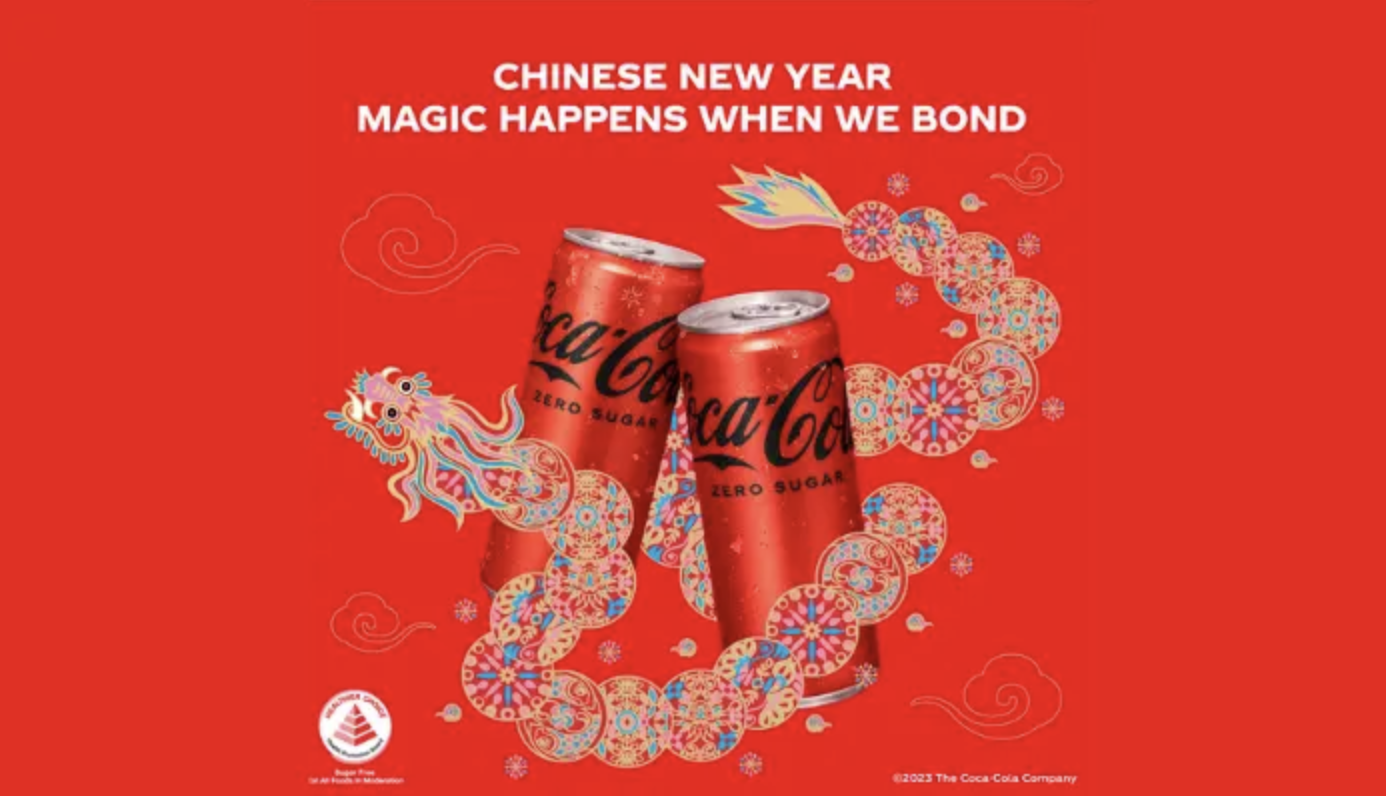Imagine walking into a store and being immediately drawn to a product because of its vibrant colours, the sound it makes, or even its unique texture. This is no accident; it results from meticulous sensory research, a process brands use to design products that meet and exceed consumer expectations on every sensory level.
What is Sensory Research?
Sensory research is a specialised area of market research that focuses on how consumers perceive products through their senses—sight, sound, smell, taste, and touch. By understanding these sensory inputs, brands can tailor their products to deliver experiences that are satisfying and deeply engaging. This type of research delves into the subconscious preferences of consumers, which are often overlooked in traditional surveys but are crucial in shaping consumer behaviour and product choices.
The Impact of Sensory Engagement
The role of sensory engagement in enhancing consumer experience cannot be overstated. Sensory attributes can make a product feel more luxurious, taste more appealing, or even seem more effective.
For instance, the crisp sound of a soda can opening can enhance the consumer’s anticipation and perception of freshness. Meanwhile, the smooth feel of a luxury fabric can enhance perceptions of quality and sophistication.
These elements create a holistic experience that significantly affects customer satisfaction and loyalty.
The Science Behind Sensory Research
Understanding how consumers interact with products through their senses is a foundational aspect of sensory research. The five senses—sight, sound, smell, taste, and touch—are critical in forming our perceptions and can profoundly influence buying decisions.
The Role of the Five Senses in Consumer Perception
Sight: Visual elements like colour, shape, and packaging design are often the first point of interaction between a product and a consumer. Bright colours might attract attention, while sleek designs convey luxury or simplicity.
Sound: The sounds associated with a product can evoke different emotions and associations. The crunch of a crisp snack, the thud of a car door, or the soft close of a high-end makeup compact can all signal quality and influence consumer perception of value.
Smell: Scents can trigger memories and emotions more directly than any other sense. The smell of a new car or a freshly opened electronic device can create a sense of novelty and quality, while the aroma of food can be directly linked to its perceived taste and freshness.
Taste: Crucial in food and beverage, taste can determine a product’s success. However, it’s not just about flavour; it’s also about how the experience of tasting something meets or exceeds expectations created by other sensory cues.
Touch: The texture and weight of a product contribute to its perceived quality. A smooth, heavy pen might feel more reliable and luxurious, whereas a lightweight plastic might feel cheap or disposable.
Integration of Sensory Research into Market Research
Sensory research is not standalone; it integrates deeply with other facets of market research to provide a comprehensive understanding of consumer behaviour. Traditional market research might analyze trends and consumer feedback, while sensory research provides the why behind the what. It offers insights into the subconscious preferences that drive decision-making processes, which are not easily captured through standard data collection methods like surveys or focus groups.
Psychological Impact of Sensory Triggers
Sensory triggers play a significant role in shaping consumer behaviours and preferences, often at a subconscious level. For example, tactile feedback from high-quality material can make consumers feel more secure about their purchase.
Sensory cues can also create or reinforce brand recognition; a unique sound logo (like Intel’s iconic chime) or a distinctive fragrance (like new Apple products) can make brand experiences more memorable.
These sensory experiences can trigger emotional responses that boost brand loyalty and consumer satisfaction. Marketers can manipulate these triggers to craft compelling brand stories and product experiences. The psychological impact is profound, influencing not just the immediate acceptance of a product but its long-term success in the market.
Understanding and leveraging these sensory elements allows companies to fine-tune their products to meet consumer expectations better and build a more engaging brand experience.
Sensory Research Methodologies
To effectively tap into the consumer’s sensory experience, researchers employ various methodologies ranging from direct consumer feedback to advanced neuroscientific techniques. These methods help uncover what consumers prefer and why they prefer it, offering invaluable insights into product development.
Overview of Common Techniques in Sensory Research
Sensory research techniques are diverse, each offering unique insights into how sensory attributes impact consumer perception and behaviour:
- Sensory Panels: Specialised groups of trained individuals assess products to identify and measure sensory properties. These panels can provide detailed feedback on taste, smell, texture, and appearance.
- Consumer Tests: Less controlled than sensory panels, these tests involve typical consumers providing feedback on products in real or simulated environments. This approach offers data on how products perform under normal usage conditions.
- Neuroscientific Methods: Techniques such as electroencephalography (EEG) and functional magnetic resonance imaging (fMRI) measure brain activity in response to sensory stimuli, providing a deeper understanding of the unconscious consumer responses.
- Biometric Monitoring: Tools that measure physiological responses, such as heart rate, skin conductivity, and eye movement, to understand how consumers physically react to sensory experiences.
Sensory Panels and Consumer Tests
Sensory panels are highly controlled and involve trained experts who can detect and measure subtle product sensory differences. These panels are crucial when precise sensory data is needed. Consumer tests, on the other hand, are more about gauging real-world reactions from average consumers. These tests can include home usage tests where consumers use the product in their everyday environment, providing authenticity to their feedback.
Neuroscientific Methods like EEG and fMRI
Neuroscientific methods offer a window into the consumer’s brain, revealing how they react to sensory stimuli on a level they might not be consciously aware of. EEG is particularly useful for tracking real-time responses to sensory stimuli, while fMRI can show which brain areas are activated by specific sensory experiences. These methods can reveal the emotional and cognitive impacts of sensory experiences, helping brands understand how their products can better align with consumer expectations and desires.
Using Eye-Tracking to Improve Packaging Design
Eye-tracking studies have revealed that consumers often miss critical information on the package because their eyes are naturally drawn to less relevant areas. So, a retail brand can use eye-tracking technology to redesign its product packaging. By analyzing these visual pathways, brands can redesign their packaging to highlight essential product benefits and features, leading to increased consumer attention and improved sales.
Qualitative Senory Research vs. Quantitative Approaches
Sensory research methodologies can be broadly categorised into qualitative and quantitative approaches.
Qualitative sensory research methods, such as focus groups and in-depth interviews, provide rich, detailed data about consumer experiences and perceptions. These are useful for exploring new ideas or getting detailed reactions to products.
Quantitative sensory research methods, such as surveys and statistical tests, provide measurable and often generalisable data that can be used to make broader market predictions.
Both types of research are essential in sensory studies; qualitative methods provide the depth of understanding needed to generate hypotheses about consumer behaviour, while quantitative methods test these hypotheses across larger groups to validate findings. Effective sensory research combines both approaches to provide a comprehensive picture of consumer sensory preferences and behaviours.
Real-Life Applications in Various Industries
Sensory research has found practical and innovative applications across multiple industries, from food and beverages to cosmetics and technology. Each sector utilises sensory insights to enhance product design and consumer experience, demonstrating the versatility and impact of this research.
Food and Beverage
Case Study: Innovating Plant-Based Creamers through Sensory Research
Objective: We conducted a study for a leading brand to explore consumer sensory expectations for plant-based creamers and develop a product that diverges from traditional dairy-based profiles.
Methodology: The study utilised a neuro-sensory science approach, combining traditional sensory metrics with emotional and behavioural assessments.
Techniques used: Group Projective Mapping, Online Consumer Behavioral Quant, and Descriptive Sensory Analysis.
Findings: Emotional outcomes significantly influence consumer choices, suggesting that successful products must align sensory profiles with desired emotional responses. Several prototypes were tested, with varying degrees of emotional and sensory appeal.
Impact: The research informed a product roadmap emphasising emotional and sensory attributes, guiding the development of a creamer that meets evolving consumer preferences in the plant-based category.

Case Study: Streamlining Sauce Selection for Market Distinction

Client: A leading food manufacturer
Challenge:
The client faced a saturated market with a portfolio of sauces that lacked distinct identities, causing consumer confusion and reduced brand loyalty. With many products perceived as too similar to competitors’ offerings, the company sought to refine its sauce lineup to strengthen market presence and consumer preference.
Objective:
The primary goal was to streamline the sauce assortment to ensure clear differentiation from competitors and to optimise the product line by eliminating underperforming or redundant sauces.
Our Approach:
We helped the brand achieve these objectives using a strategic market analysis approach. The collaboration aimed to dissect consumer perceptions and preferences to inform the decision-making process regarding which sauces to retain, reformulate, or retire.
We used sensory analysis to assess each sauce’s flavor profiles, texture, and aroma, comparing them against market competitors.
We integrated findings from consumer insights, sensory evaluations, and competitive analysis to understand the market and consumer expectations comprehensively.
Results:
The research identified key distinctions in the client’s sauces that were most valued by consumers, which helped make informed decisions about the portfolio. It was determined that:
- Some sauces had unique flavours or ingredients that resonated well with target demographics and should be emphasised in marketing efforts.
- Other sauces lacked distinctiveness and were candidates for either reformulation or discontinuation to avoid market overlap and consumer confusion.
Based on our analysis and recommendations:
- The client successfully retired several overlapping products, reducing production costs and focusing marketing efforts.
- The streamlined sauce portfolio now features clearer differentiation, with each product having a distinct place and appeal in the market.
- This reorganisation has led to a more focused brand image, improved shelf presence, and increased consumer engagement.
Cosmetics and Personal Care
Case Study: L’Oréal’s Sensory Evaluation for Skincare Product Texture and Scent
L’Oréal extensively uses sensory evaluation to ensure their skincare products meet consumer expectations regarding texture and scent. By engaging sensory panels and consumer tests, L’Oréal gathers data that informs their product formulations—ranging from lightweight, non-greasy moisturisers to rich, aromatic creams. This research ensures that products perform well and provide a pleasurable user experience that can foster brand loyalty.
The Role of Touch and Smell in Product Loyalty and Perception
In cosmetics and personal care, the touch and smell of products are often as important as their efficacy. Products with luxurious and pleasant scents are more likely perceived as effective and desirable. This sensory appeal can increase consumer loyalty as users associate positively with the product’s sensory characteristics.
Technology and Consumer Electronics
For consumer electronics, sensory research plays a critical role in developing user interfaces that are functional and enjoyable to use. Electronics brands employ sensory research to optimise the tactile feedback on smartphone touchscreens and the auditory responses from virtual assistants. This research ensures that interactions with devices are satisfying and that they mimic real-world interactions, which can enhance the overall user experience.
Apple is renowned for its innovative use of sensory feedback in product design, particularly through haptic and audio cues. The tactile feedback from Apple devices, like the subtle vibration when a finger touches the iPhone screen or the click sound from the MacBook trackpad, is carefully designed to enhance user satisfaction and usability. These features make the user experience more intuitive and engaging, significantly contributing to the brand’s reputation for quality and innovation.
Challenges and Ethical Considerations
While sensory research is a powerful tool for enhancing product appeal and consumer satisfaction, it also presents several challenges and ethical considerations. These aspects are crucial for companies to address to maintain trust and integrity in the market.
Ethical Considerations in Sensory Manipulation
Sensory manipulation involves tailoring product sensory attributes to influence consumer behaviour and perception. While this can enhance user experience, it raises ethical questions regarding transparency.
For instance, adding excessive sugar or flavour enhancers to food can make products more appealing but may mislead consumers about the product’s health benefits. Brands must balance enhancing sensory attributes and ensuring they do not deceive consumers or exploit sensory biases, especially in vulnerable groups like children.
Challenges in Maintaining Product Authenticity
Maintaining product authenticity while incorporating sensory enhancements is a significant challenge.
For traditional brands, changing the sensory profile of a product to make it more contemporary or appealing must be done carefully to avoid alienating existing customers who expect a certain sensory experience.
For example, altering the taste and texture of a classic snack could backfire if loyal customers feel the original ‘authentic’ experience has been compromised. Brands must manage innovation in their product lines while keeping the core sensory attributes that define their identity intact.
Balancing Sensory Enhancements with Consumer Expectations and Cultural Variations
Consumer expectations and cultural variations play a significant role in how sensory enhancements are perceived. What works in one cultural context may not be acceptable in another.
For instance, the level of sweetness preferred in soft drinks varies significantly between regions in the U.S. and Asia. Sensory research must be localised to account for these differences, ensuring products are tailored to meet global markets’ diverse tastes and preferences.
The classic example is seen in fast-food franchises, like McDonald’s, KFC, Subway, and others, that create new modified menu items to appeal to varying tastes and cultural preferences in different countries.
Based on regional preferences, successful global brands often modify their products’ sensory attributes, such as taste, texture, color, and packaging. For example, snack companies may alter the level of spiciness or sweetness of their products to cater to local tastes. Similarly, beauty brands adjust the scents and textures of their products to appeal to different cultural standards of what is considered pleasant or effective.
These adaptations require a deep understanding of local consumer behaviour, often gathered through the extensive market and sensory research. This localised approach ensures that the product resonates with the target market, enhancing consumer satisfaction and brand loyalty.
Sensory preferences can evolve, and brands must adapt their products continually. This adaptation must be carefully managed to align with consumer expectations, which can sometimes be a moving target. Failing to do so can lead to products that feel out of touch or insensitive to consumer needs.
Addressing these challenges requires a thoughtful approach to sensory research and product development. Brands must be vigilant about the ethical implications of their research and remain committed to authenticity and cultural sensitivity. By doing so, they can use sensory enhancements to improve consumer experiences and build and maintain trust and loyalty in a competitive marketplace.
Case Study: Coca-Cola’s Global Sensory Adaptation Strategies
Coca-Cola is a great example of a brand that has mastered sensory adaptation. It is sold in all countries around the world, with the exception of Cuba and North Korea. The company customises its products based on local preferences and tastes, making sure that its beverages are equally appealing and enjoyable in every country.
Flavour Variations: Coca-Cola introduces flavour variations that align with local palates.
For instance, in Japan, Coca-Cola has launched unique flavours like “Peach Coca-Cola” and “Coca-Cola Frozen Lemon,” which cater to Japanese consumers’ preference for seasonal and regional flavour profiles. These products satisfy local tastes and stir interest and excitement due to their novelty.

Image Credit: Business Insider
Sweetness Levels: The sweetness level of Coca-Cola products often varies from country to country. In regions that prefer less sugary drinks, such as in Europe, Coca-Cola provides less sweet options than those offered in markets like the U.S., where higher sweetness levels are generally more acceptable.
Packaging and Marketing: Using sensory research, Coca-Cola’s packaging and marketing strategies have also been adapted. The company uses colours, designs, and marketing messages that resonate with local cultures and preferences, enhancing the sensory appeal of the product and making it more relatable.

Image Credit: DIA Brand Consultants
Cultural Events and Campaigns: Coca-Cola cleverly integrates local cultural elements into its campaigns, creating a sensory bond with consumers. For example, during the Lunar New Year, Asian Coca-Cola packages might feature festive red and gold colours and zodiac animals to resonate with the region’s celebratory mood and aesthetic preferences.

Image Credit: Marketech APAC
Coca-Cola’s strategies highlight the importance of sensory adaptation in maintaining a strong global presence. By continuously engaging in sensory research and adapting its products accordingly, Coca-Cola sustains its widespread popularity and fosters a deeper connection with consumers across different cultures.
Future Trends and Innovations in Sensory Research
As technology advances, sensory research is poised to become even more integral to product development, with new tools and techniques emerging that allow deeper insights into consumer behavior and preferences.
Here’s a look at some key future trends in this exciting field.
Virtual Reality (VR) and Augmented Reality (AR): These technologies revolutionise sensory research by simulating real-world environments and product interactions without physical prototypes. VR and AR can mimic a product’s look, feel, and smell, allowing consumers to provide feedback in a controlled yet immersive setting. This is particularly useful in the automotive and real estate industries, where consumers can experience a product or space before it physically exists.
Artificial Intelligence (AI): AI is transforming sensory research by analyzing large sets of sensory data more efficiently and accurately than ever before. Machine learning algorithms can predict consumer preferences and trends by identifying patterns in sensory feedback data. This technology enables brands to quickly adapt their products based on real-time consumer insights, streamlining the development process and enhancing customisation.
Predicting and Adapting to Changing Consumer Sensory Preferences
The ability to anticipate and respond to shifts in consumer sensory preferences is crucial for staying relevant in fast-paced markets. Advanced analytics and big data enable companies to track changes in consumer behaviour and predict future trends. For example, sensory data can be integrated with demographic and psychographic information to anticipate regional shifts in taste or texture preferences in foods. This proactive approach allows brands to innovate confidently, ensuring their products meet the market’s evolving needs.
The Growing Importance of Multi-Sensory Experiences in a Digital World
As consumers increasingly engage with brands online, creating impactful multi-sensory experiences is a challenge many brands eagerly address. Multi-sensory digital experiences involve integrating sensory cues into digital platforms. For instance, adding haptic feedback to mobile apps to simulate physical sensations or using scent diffusers that can be activated at specific moments during a virtual reality experience. These enhancements make digital interactions more tangible and memorable, bridging the gap between online and offline experiences.
And as consumers become more accustomed to integrated sensory experiences, they begin to expect a higher level of interaction from all digital or physical products. This shift pushes brands to think creatively about engaging all the senses in product design and marketing, ensuring every consumer interaction is as enriching and engaging as possible.
These trends underline the dynamic nature of sensory research and its growing importance in product development. As we look to the future, it’s clear that the brands that can best leverage these innovations in sensory technology will be well-positioned to lead in their respective industries, delivering products that delight and captivate consumers on every sensory level.
The Future of Sensory Research
Integrating sensory research throughout the product development process helps ensure that new products are functional and deliver a sensory experience that appeals to consumers. This integration can lead to higher satisfaction, increased loyalty, and a stronger market position.
The future of sensory research is vibrant and filled with potential. As technology evolves, so will the methods and applications of sensory studies, enabling brands to create even more engaging and personalised consumer experiences. The ongoing innovation in sensory research tools will likely open new avenues for product personalisation and consumer interaction, setting new standards for consumer satisfaction.




